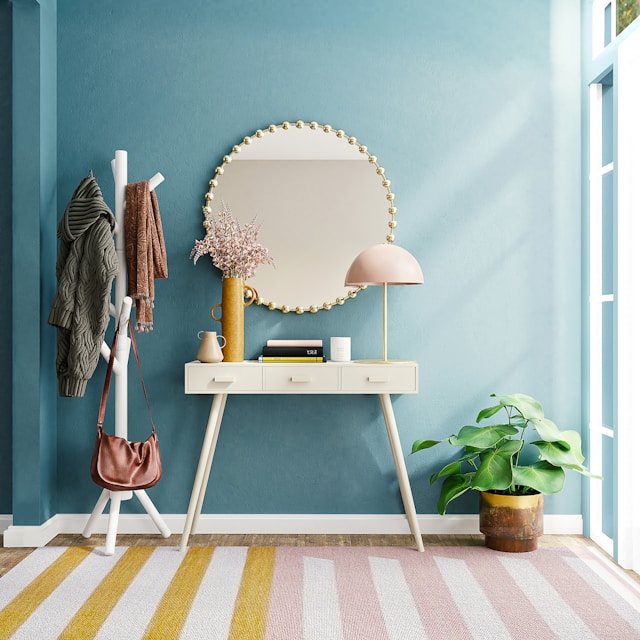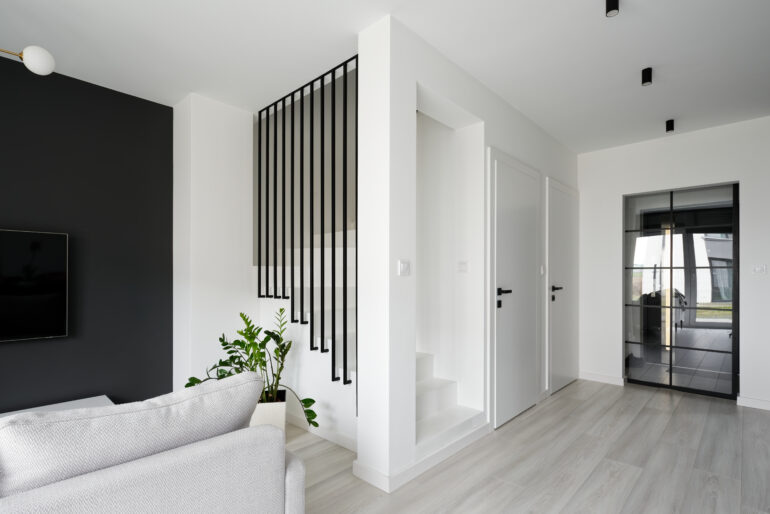Are you looking to transform your home with the modern elegance of microcement? This comprehensive guide provides everything you need to successfully install microcement, from selecting the ideal colours and finishes to sourcing the essential tools and materials. You’ll gain a clear, step-by-step understanding of the application process, learn how to navigate and resolve common installation challenges, and discover effective maintenance strategies to keep your surfaces looking impeccable. Whether you’re a DIY enthusiast or planning to hire a professional, this authoritative resource ensures you achieve flawless, long-lasting results with confidence and ease.
Choosing the Perfect Microcement Colour and Finish
Selecting the right colour for your microcement is crucial to achieving the desired atmosphere in each room. With a vast array of colour options available, it’s essential to consider the room’s purpose and existing décor. For instance, soft neutrals can create a calming effect in bedrooms, while bold hues can make a striking statement in living areas. When deciding on a hue, think about how the colour interacts with natural and artificial lighting throughout the day.
Equally important is choosing the appropriate finish for your microcement. The main types include:
- Matte: Offers a subtle, non-reflective surface ideal for a modern, understated look.
- Glossy: Provides a shiny, reflective finish that can make spaces appear larger and more vibrant.
- Textured: Adds depth and character, perfect for areas where slip resistance is a priority.
Modern homes often embrace a combination of these finishes to enhance different areas. For example, a glossy finish in the kitchen can highlight sleek appliances, while a matte finish in the bathroom ensures a relaxing environment. Before finalising your choice, it’s wise to sample various colours and finishes in the actual space. This hands-on approach allows you to see how each option behaves under your home’s unique lighting conditions and helps you make an informed decision that aligns with your vision.

Essential Tools and Materials for Microcement Installation
Embarking on a microcement installation project demands the right arsenal of tools and materials. At the forefront, you’ll need high-quality trowels and mixers to ensure a smooth and even application. Don’t skimp on protective gear either—safety should never be compromised. When it comes to materials, selecting the appropriate primers, base coats, and sealants is crucial for durability and finish.
Sourcing top-notch microcement supplies can make or break your project. Opt for reputable suppliers who offer a variety of brands and ensure their products meet industry standards. Whether you’re shopping online or visiting a local store, prioritize quality over cost to achieve the best results. Below is a comparison table to help you navigate through the different options available:
|
Tool/Material |
Brand A |
Brand B |
Brand C |
|
Trowel |
Durable Steel |
Ergonomic Grip |
Flexible Blade |
|
Mixer |
High-Power Motor |
Lightweight Design |
Variable Speed |
|
Primer |
Quick Dry Formula |
High Adhesion |
Eco-Friendly |
|
Sealant |
Waterproof |
UV Resistant |
Color Fast |
Step-by-Step Microcement Application Process
Embarking on a microcement installation requires meticulous surface preparation. Begin by thoroughly cleaning the area to eliminate any dust, grease, or old coatings that might hinder adhesion. Next, apply a high-quality primer to ensure the microcement bonds seamlessly with the substrate, setting a solid foundation for the subsequent layers.
The application process itself is a blend of technique and patience. Start with the first coat, spreading the microcement evenly using a trowel, and allow it to dry completely. Proceed with additional layers, ensuring each is smoothly applied to build up the desired thickness and durability. Key tips for achieving a perfect finish include working in manageable sections, maintaining consistent pressure, and avoiding overworking the material to prevent unwanted textures.
To finalize your microcement surface, apply a protective sealant that enhances its longevity and resistance to wear. This final step not only safeguards the microcement but also accentuates its sleek, modern appearance. By following these steps diligently, you’ll achieve a flawless and enduring microcement finish that elevates the aesthetic of any room in your home.
Troubleshooting Common Microcement Issues
When dealing with microcement, homeowners often encounter challenges like cracking, uneven surfaces, or discoloration. Understanding these issues is the first step towards effective resolution.
Here are some practical solutions and preventative measures to tackle these common problems:
- Cracking: Ensure proper surface preparation by cleaning and priming the area thoroughly. Use a flexible primer to accommodate any minor movements in the substrate, reducing the risk of cracks.
- Uneven Surfaces: Apply microcement in thin, even layers. Utilize appropriate tools like trowels or smoothing tools to maintain consistency. Regularly check for levelness during application to prevent unevenness.
- Discoloration: Choose high-quality pigments and apply them uniformly. Protect the surface from excessive sunlight and moisture by using suitable sealants, which help maintain the color integrity over time.

For instance, a client in London experienced significant cracking due to improper substrate preparation. By reapplying a flexible primer and ensuring each layer was evenly spread, the issue was effectively resolved. Additionally, implementing a regular maintenance schedule can preemptively address potential discoloration and surface inconsistencies, ensuring the longevity and aesthetic appeal of your microcement surfaces.
Maintaining and Caring for Your Microcement Surfaces
To ensure the longevity of your microcement surfaces, adopting the right cleaning and maintenance practices is crucial. Use pH-neutral cleaning products such as mild detergents or specially formulated microcement cleaners to avoid damaging the surface. Avoid abrasive tools; instead, opt for soft cloths or non-abrasive sponges to keep your microcement looking pristine.
Regular maintenance tasks like resealing and touch-ups can prevent wear and tear. It’s recommended to reseal your microcement surfaces every 1-2 years, depending on usage, to maintain their durability and aesthetic appeal.
Follow this maintenance checklist to keep your microcement surfaces in top condition:
- Clean daily with a soft cloth and pH-neutral detergent.
- Inspect surfaces monthly for any signs of wear or damage.
- Reseal every 1-2 years to maintain protection.
- Address any cracks or chips promptly with appropriate touch-up materials.
Adhering to these best practices will ensure your microcement remains beautiful and functional for years to come.

